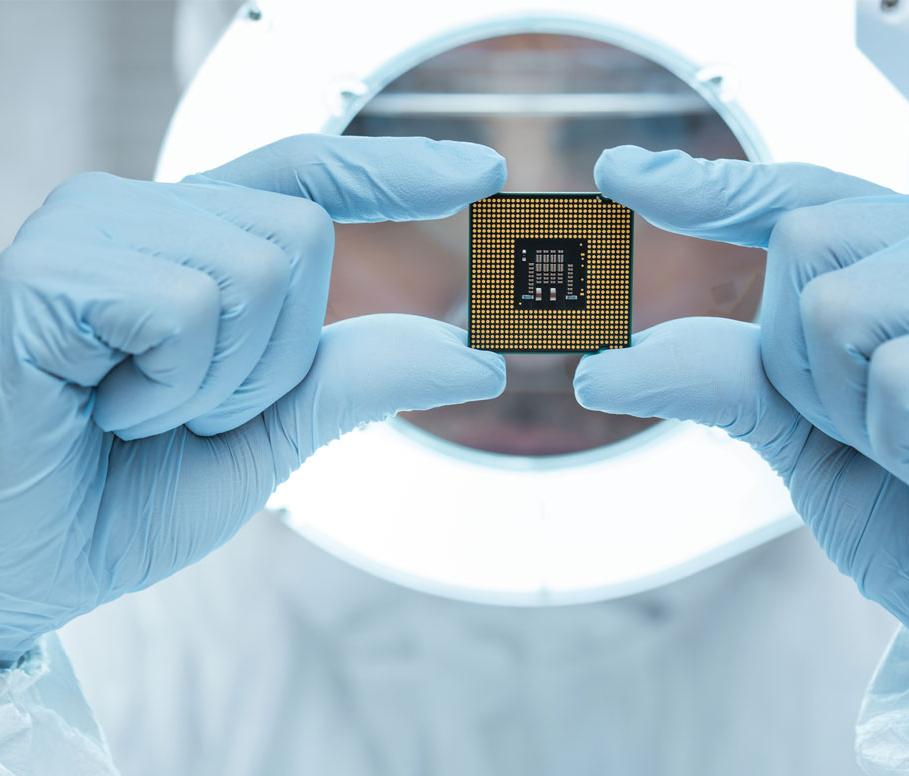This case study was adapted from information found on Rotex’s website.
Who:
Rotex, a China-based wearable technology company founded in 2015 with an innovative, self-developed wearable technology solution.
The Challenge:
Wearable technology has boomed in recent years; however, most devices do not integrate seamlessly with the human body and can track only a limited range of biologic signals. It’s well-known that the human body can provide a wealth of information critical to monitoring health, measuring performance and tracking disease – but we are often limited in our ability to accurately and constantly track this information.
The Opportunity
The Rotex E-Skin/Tattoo delivers seamless human integration to the wearable technology space with a thin, flexible ‘tattoo’ that safely adheres to the skin. The device, which can be discretely worn underneath clothing, can track important health and medical data, as well as enable more integrated human-computer interaction to potentially revolutionize consumer electronics and other fields.
How it Works
The Rotex E-Skin/Tattoo technology is comprised of highly-flexible electronic organic materials and nanoscale-processed metals that enable a variety of health and consumer capabilities. The highly-conductive, super-flexible and skin-friendly technology supports constant tracking of vital signs and health metrics through bioelectric sensors, strain pressure sensors, electrodes and circuits. By simply adhering to the skin, the device identifies and translates biometric signals in the body and is then able to provide a wide array of data points and insights on biologic functions and responses of muscle tissue. The user can then see this data in real-time and record it on associated devices.
Through research and development (R&D) and independent intellectual property (IP) rights, Rotex was able to bring a technology of the future to the present day. The E-Skin/Tattoo may represent a tremendous innovation for society – from health and medical care to consumer electronics and athletics.


